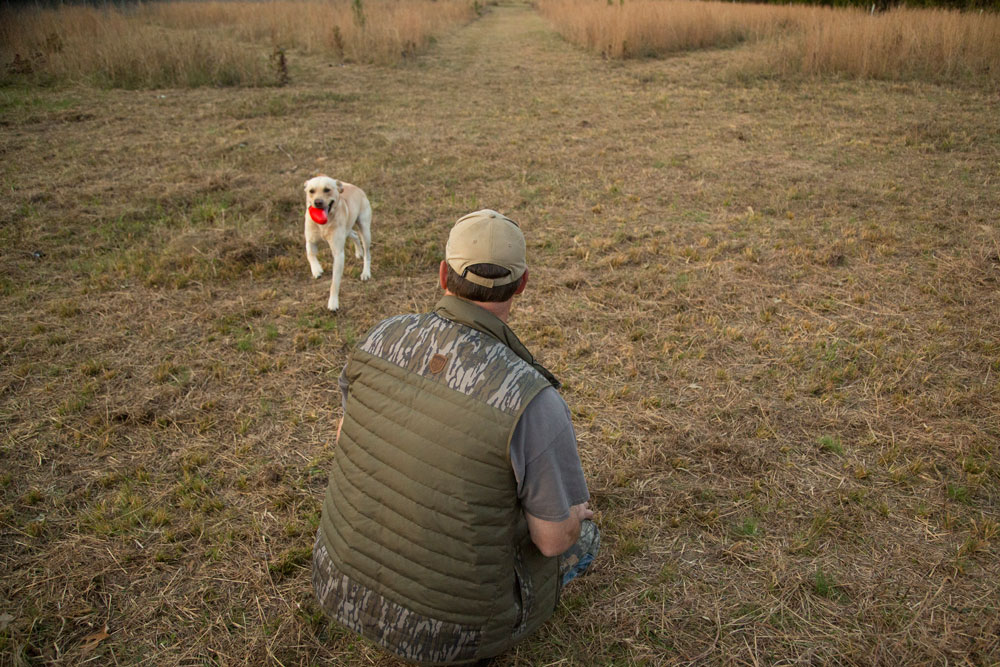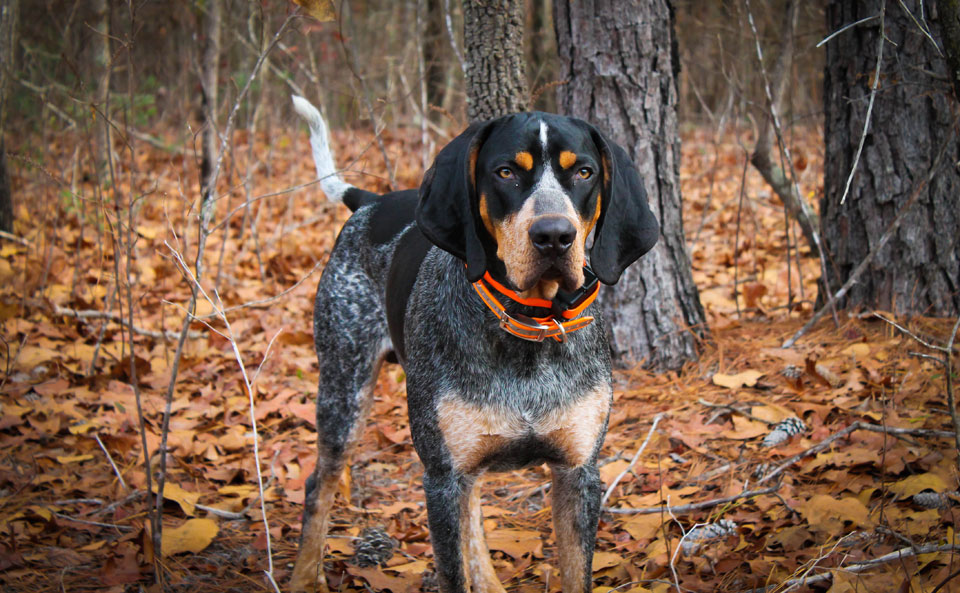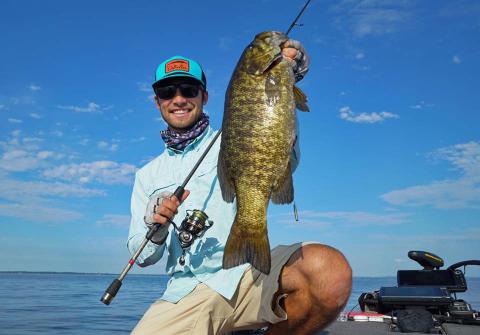Dogs are excellent companions at home, and they also make great hunting partners in the field. If you’re set on training your pup to be a bird dog or blood-tracking hound to help you make a great harvest next fall, it’s time to begin a training routine. This beginner’s guide to scent training can help you get started teaching your dog to hunt.

Start Small
Before you get involved in scent training, your dog should know basic commands, including “come,” “sit,” and “stay.” This provides the foundation that the rest of your training procedures will build on and will keep the training a safe experience. Before you set your dog loose in a field, you need to be confident he will return to you on command.
You should also familiarize your dog with the scent of the game you’ll be hunting. You can use scent oil on dummies or dead birds to introduce your dog to the game you’ll be hunting later.
Know How Your Dog Follows a Scent
Your dog could latch onto a scent and follow it to the source in a number of different ways, and it’s important to know what it looks like when your dog is on the trail so you know when to encourage him and when to keep quiet.
Blood-tracking dogs will often follow the scent with their noses close to the ground. This is also common trailing behavior when the grass is dry and when your dog is sniffing out the initial scent to start the trail.
Your dog may also follow the scent with his nose three to four inches above the ground, or even with his nose in the air. This is common in damp conditions, as the scent is easily carried in water particles in the air.
Regardless of where your dog holds his nose to follow the trail, he should have a cool, damp nose to be able to pick up the scent and follow it.
Encourage, but Don’t Distract, Your Dog
After you release your dog to find the trail with the cue word, you should encourage him to find the trail. Watch the way your dog behaves as he searches for the scent and finds it. Urge your dog on during the searching part, and then stay quiet when your dog finds the trail.
Your encouragement should be moderate: enough to keep your dog interested in the task at hand without distracting him from his efforts. Once your dog finds the trail, let him focus completely on following the scent.
Stage Smart Trails
A large part of training and keeping your hunting dog in shape involves setting up training trails for your dog to follow. When you’re training your dog, you’ll want to make a trail that teaches your dog to follow the scent on the ground rather than sniffing the scents from the end location that have been carried over by the wind.
To help your dog focus on the ground trail, make trails that travel in the same direction as the wind. Many trainers make L-shaped or U-shaped trails and mark the angles with flags so they can tell if their dog is following the ground trail or simply following a scent carried in the wind.

Create a Strong Scent to Set Your Dog Up for Success
When you begin to train your dog, you should make the trail as pungent as possible to teach your dog to rely on his nose and build up his confidence. Use a large bird, like a duck, to create a trail. You can intensify the scent by soaking the bird in water before dragging it through the field. Alternatively, you could rub training scents on a dummy or a pigeon to re-create the scent of the game you’ll be hunting later on.
Plucking out some of the bird’s feathers to lay at intervals along the trail can keep your dog interested in the activity and encourage him to keep working the trail. Think of it as building the anticipation for the final prize by laying out teasers for your dog to find.
Another way to boost your dog’s confidence with a successful training session is by scheduling your practice times when the conditions are best suited for tracking scents. Humid conditions are great for providing strong scents, as scents are carried in water. Warm, damp earth also provides a great medium for storing a strong scent.
Avoid things that could impair your dog’s ability to hold the scent before heading out to the field. Strong winds, certain medications, eating cheese, or even seasonal allergies can make it harder for your dog to follow the scent.
Celebrate Success
One of the most important elements of a training session is making sure your dog enjoys his work. Make sure you praise your dog enthusiastically when he returns to you with the bird or follows the trail to completion.
If you’re training a bird dog, keep in mind that the bird should be the ultimate reward of a successful scent-tracking session. Allow your dog to hold the bird in his mouth as you praise and pet him so he associates the bird with a job well-done. Gently correct your dog if he shakes or plays with the bird; you don’t want to encourage rough handling, even if this behavior is fun for your dog.
If you take care to reward your dog well, he should be just as excited as you are to head out on a hunting expedition in the fall.
Practice Makes Perfect
Training your dog to follow a scent takes time and patience. You can begin teaching your young dog with training sessions in the field, but it can take years of real hunting experience before your dog becomes a masterful scent-tracking companion.






























